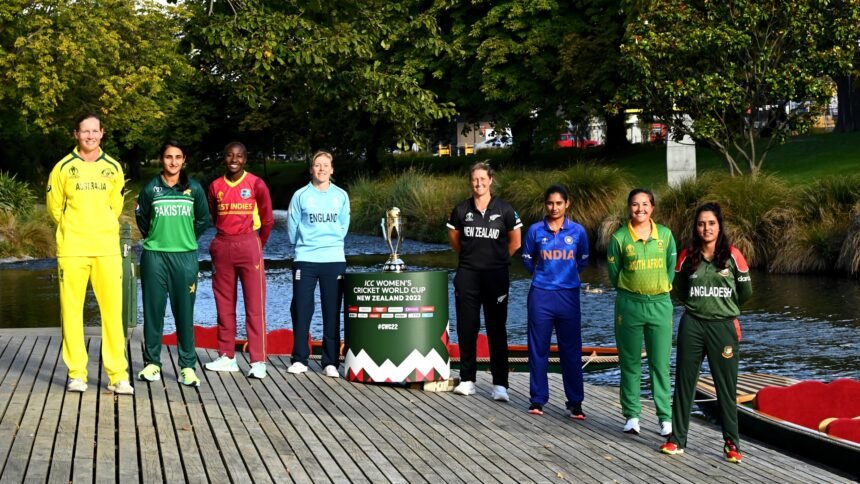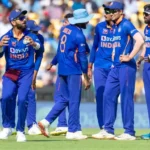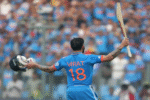Evolution of Women’s Cricket, The 2024 Women’s Premier League (WPL) final, played before a packed 45,000-seat stadium in Delhi, marked a watershed moment for women’s cricket. What was once considered a niche sport played in near-empty grounds has transformed into a global spectacle attracting prime-time viewership and million-dollar sponsorships. This 2,500-word in-depth analysis explores how women’s cricket achieved this remarkable growth and examines the challenges still facing the sport.
Chapter 1: The Meteoric Rise of Women’s Cricket
By The Numbers: The Growth Story
-
Viewership Increase: 415% growth since 2018 (ICC data)
-
Revenue Jump: From 7m(2017)to85m (2024)
-
Participation: 2.1 million registered female players globally
Key Milestones
-
2017 Women’s World Cup Final – 180m viewers worldwide
-
2020 T20 World Cup – 86,174 at MCG for final
-
2023 WPL Launch – $572m in franchise bids
🔗 Official growth statistics from ICC Women’s Cricket
Chapter 2: The Franchise League Boom
Comparing Global Leagues
| League | Inaugural Year | Avg. Salary | Broadcast Reach |
|---|---|---|---|
| WPL (India) | 2023 | $120,000 | 520m |
| WBBL (Australia) | 2015 | $65,000 | 380m |
| The Hundred (England) | 2021 | $40,000 | 210m |
| WCPL (West Indies) | 2022 | $28,000 | 95m |
The WPL Effect
-
Player Earnings: Top stars now make 15x domestic cricket income
-
Training Standards: Franchises provide elite facilities
-
Young Inspiration: 78% increase in girls’ cricket academies in India
Chapter 3: The Stars Driving Change
Global Superstars
-
Ellyse Perry (AUS) – The complete all-rounder
-
Smriti Mandhana (IND) – Style icon and power hitter
-
Sophie Ecclestone (ENG) – World’s No.1 bowler
Emerging Talents
-
Shafali Verma (IND) – Teenage batting prodigy
-
Darcie Brown (AUS) – 130kph pace at 20 years old
-
Alice Capsey (ENG) – Innovative stroke-maker
🔗 Player profiles on ESPNCricinfo Women’s Section
Chapter 4: Ongoing Challenges
Pay Disparity Reality
-
Top Tier: 15% of male counterparts’ salary
-
Domestic Level: Just 3-5% compensation
-
Endorsements: Female stars get 1/8th of male peers
Media Coverage Gaps
-
Only 12% of total cricket broadcast hours
-
85% of highlights focus on men’s cricket
-
Few dedicated women’s cricket journalists
Infrastructure Issues
-
68% of international venues lack separate facilities
-
Only 3 nations have women’s cricket academies
-
Travel often economy class vs men’s business
Chapter 5: The Path to Parity
1. Revenue Sharing Models
-
Australia’s 27.5% share from 2026
-
England’s 20% commitment
-
India considering 15% allocation
2. Broadcast Innovations
-
Free-to-air telecasts of major tournaments
-
Behind-the-scenes content creation
-
Women-specific commentary teams
3. Grassroots Development
-
School cricket programs in 35 new nations
-
Equipment subsidies for girls’ teams
-
Coaching scholarships for women
🔗 Grassroots initiatives at CrickViews’ development report
Chapter 6: The Future Horizon
Projected Growth (2024-2030)
-
Revenue: $220m annually
-
Viewership: 1.2 billion for 2030 WC
-
Professional Players: 600+ globally
Technological Integration
-
Smart bats with sensors
-
Virtual reality training
-
AI-powered performance analysis
Olympic Dreams
-
Potential 2028 Los Angeles inclusion
-
T10 format being considered
-
Could accelerate global development
Conclusion: The Journey Continues
Evolution of Women’s Cricket, While women’s cricket has made extraordinary strides, the sport stands at a crucial inflection point. The next decade must focus on converting this momentum into sustainable structures that benefit players at all levels. With proper investment and innovative thinking, women’s cricket has the potential to not just match but redefine cricket’s global appeal.
Final Thought: The 2024 WPL final didn’t just showcase great cricket—it offered a glimpse of a future where women’s matches headline stadiums and broadcast schedules by default, not as exceptions.






